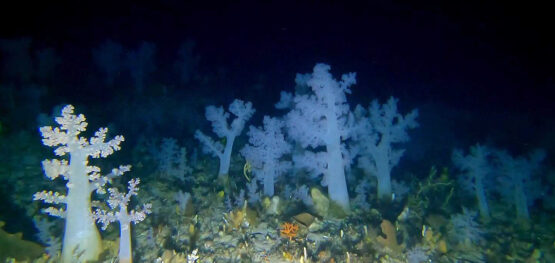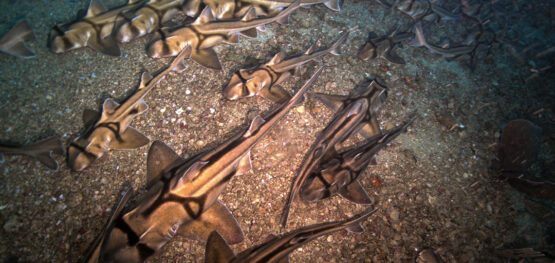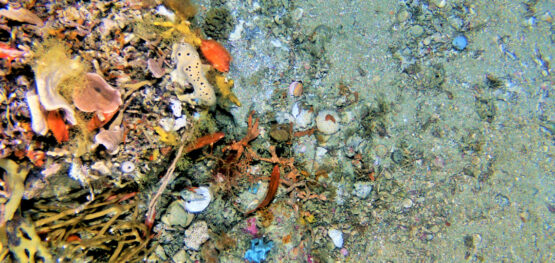Profile
17 June 2025
If you jump onto Seamap Australia and search for ‘Virtual tour of Bathurst Channel’, you’ll find videos that illuminate dark waters in Tasmania’s Port Davey Marine Park.
The videos show the spectrum of seabed life from Breaksea Island at the ocean entrance to Platypus Point where the channel joins Bathurst Harbour: a small inland sea.
The channel’s sheltered, dimly lit habitat is globally rare. Many of sponges, corals and bryozoans that thrive here are more typically found deep in the ocean.
They mingle with sea pens, bright yellow zoanthids, bull kelp, red algae and Neptune’s necklace, forests of hydroids and sea whips, ascidians and jewel anemones. A bonanza for sea slugs, shark eggs and basket stars. The pattern of life is cued by wave action, tidal exchange, light and plankton levels, rainfall, the steepness of rocky reefs, symbioses and tussles for space.
The gentle lessons in ecology conveyed in these videos are narrated by Associate Professor Neville Barrett. Watch and listen for a while and you’ll sense the deep knowledge and fascination he has for this extraordinary environment.
Assoc Prof Barrett has visited Bathurst Channel many times during his 30 years with the University of Tasmania. In fact he has seen more of Australia’s temperate reefs than almost anyone. He’s also had a big hand in developing better ways to understand, value and protect them.
In recognition of his outstanding contribution to marine research, Assoc Prof Barrett is the recipient of the 2025 Australian Marine Sciences Association Jubilee Award.
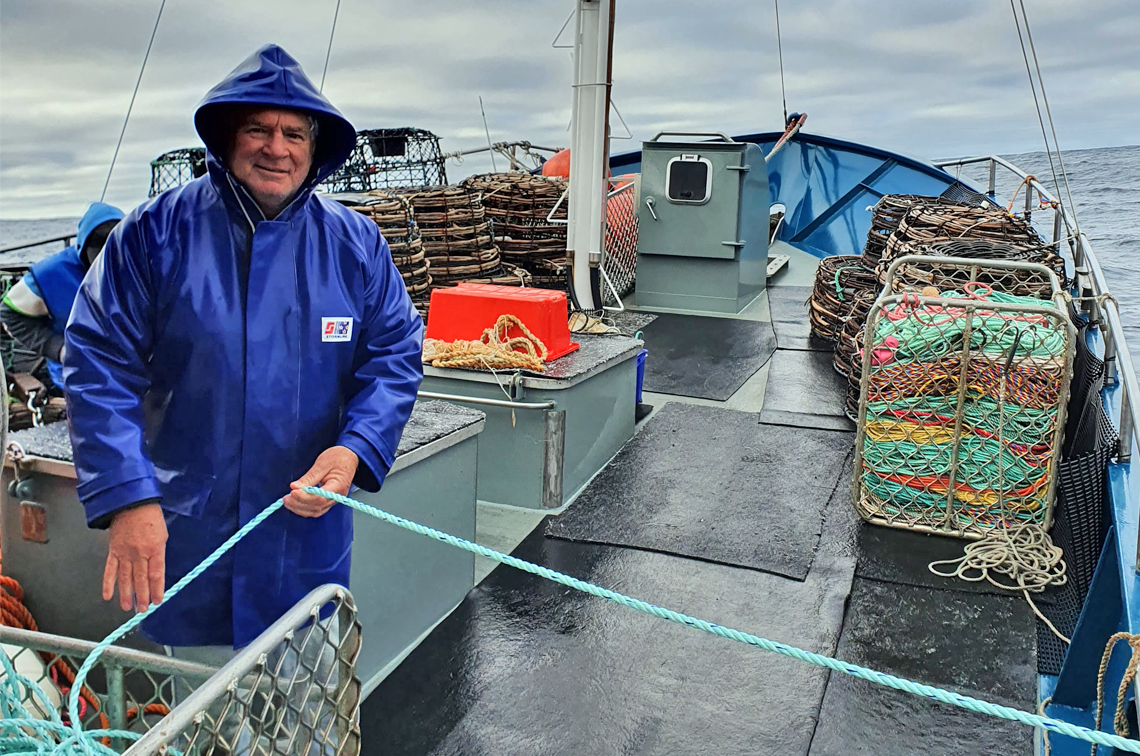
A vision for long-term data
By integrating ecological, spatial, and fisheries science, Assoc Prof Barrett’s pioneering research has provided critical evidence to support the conservation and sustainable management of Australia’s continental shelf, coastal and estuarine systems.
His co-leadership in establishing the Australian Temperate Reef Collaboration in 1996 and best-practice methodologies for assessing shallow marine biodiversity has enabled large-scale, long-term datasets. These are invaluable to national reporting, and decision-making for species protection.
“Prof Graham Edgar and I had the vision to establish sound long-term broad-geographical coverage datasets using the state marine park networks as a framework,” he says.
Assoc Prof Barrett has also provided critical insights into climate-driven changes in species distribution, trophic interactions, the role of habitat complexity in sustaining marine biodiversity and the status of rare species. These include the Endangered Maugean skate and Critically Endangered red handfish and spotted handfish.
Pioneering co-design
“I don’t think it’s a reward to me as much as to all the great teams I’ve been part of,” Assoc Prof Barrett says. “I’ve worked on many individual projects, but for me the achievements of national funding programs are paramount.
“Through the Marine and Coastal Hub and its predecessor the Marine Biodiversity Hub we brought people together from around the country to build national capability through collaboration and cooperation.
“We moved from research and data ‘silos’ to having national databases such as the Australian Ocean Data Network, the Integrated Marine Observing System, Squidle+, Global Archive and AusSeabed for sharing multibeam, oceanographic and biological data.
“We built national networks of collaborative people, and I think that has been a really great achievement. It’s a level of theme-based leadership that no-one else has been in a position to achieve in Australia.”
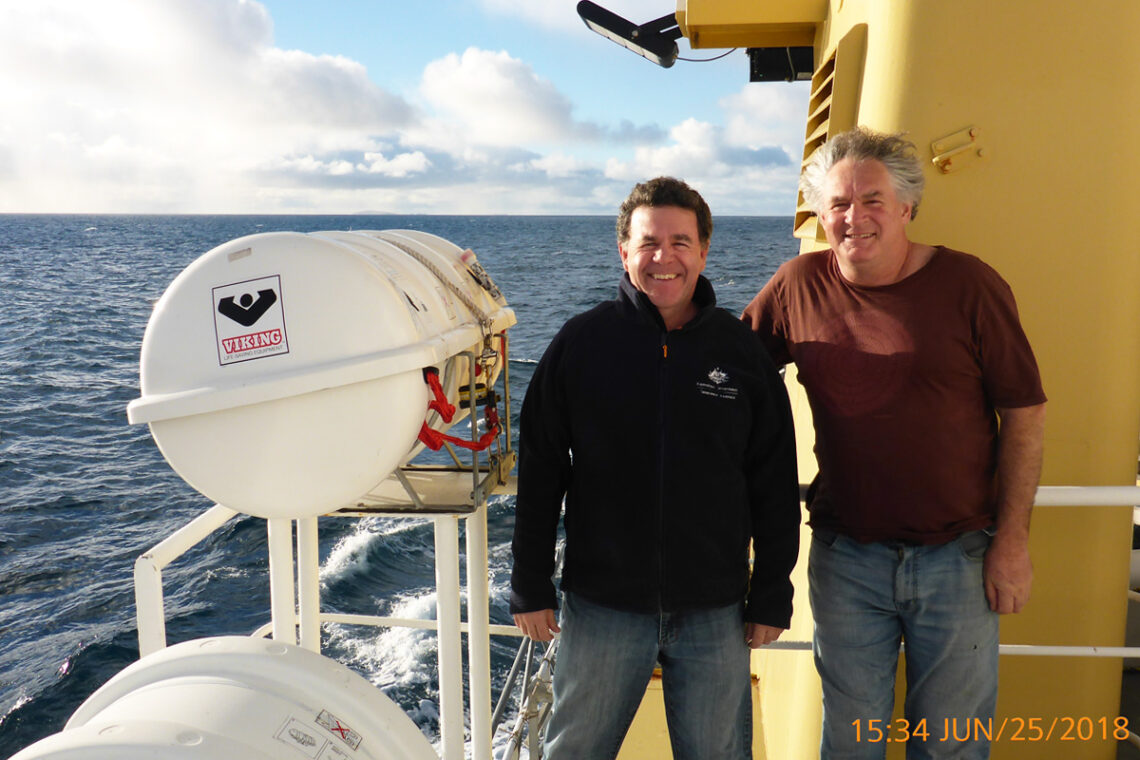
Teamwork to inventory Australian Marine Parks
As a hub research leader, Assoc Prof Barrett has conducted surveys in 13 Australian Marine Parks (AMPs), from Freycinet east of Tasmania to Western Australia’s South-west Cape and offshore to Elizabeth and Middleton reefs.
Dr Scott Nichol of Geoscience Australia spent 15 years working with Assoc Prof Barrett on hub projects.
“A real hallmark of these projects was the firm commitment to collaboration and interdisciplinary research that Neville fostered in his role as a leader within the hub,” Dr Nichol says.
“This entailed bringing together experts in seabed mapping, marine geoscience, marine ecology and spatial sciences to deliver truly innovative research into benthic marine ecosystems.”
The research led to exciting discoveries within the marine park network. These range from mapping ancient terrestrial dunes to defining the true extent of submarine canyons and reefs, and observing the diverse fish communities drawn to these features.
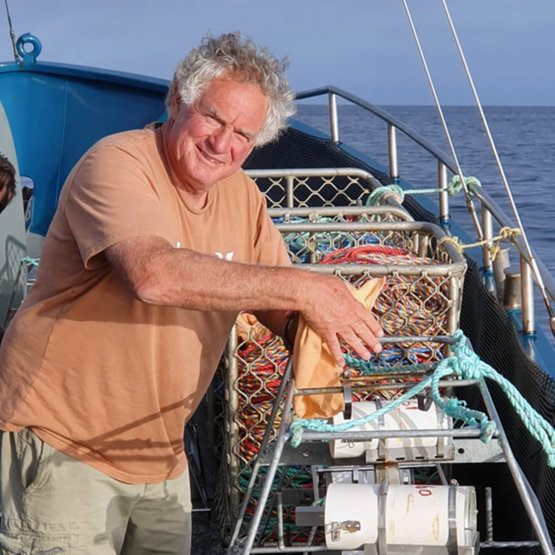
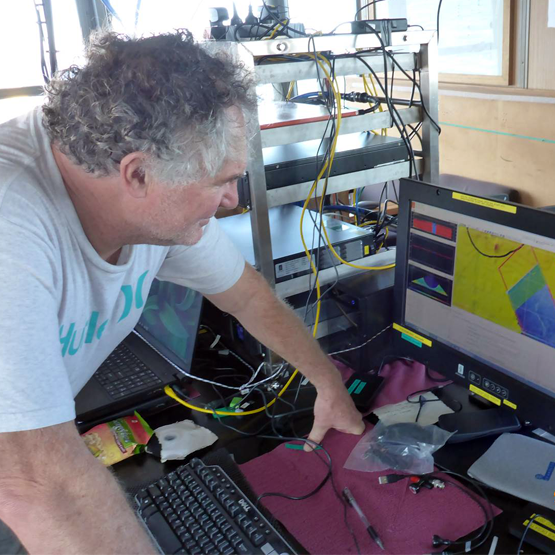
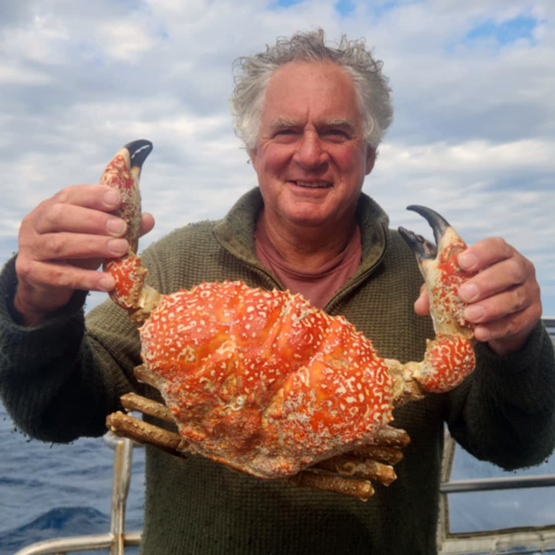
From discovery to best practices for monitoring
“Through all this work, Neville provided a clear vision aimed at building the scientific foundation and knowledge of marine parks so that we not only know what is being protected but, moreover, have the basis for ongoing monitoring and conservation,” Dr Nichol says.
“In achieving this, he set the benchmark for utilising new and emerging technologies and research methods, including deployment of autonomous and remote underwater vehicles and stereo cameras, and the development of novel sampling designs to deal with the vast areas of undiscovered ocean that we were working in.”
Ultimately, this work led to the development of the National Environmental Science Program’s Field Manuals for Marine Sampling to Monitor Australian Waters.
These the internationally endorsed best-practices are now widely used for evaluating biodiversity, ecosystem health, and protected area performance across Australia’s marine park network.
Assoc Prof Barrett extended his vision to ensuring marine park managers at Parks Australia were fully engaged with these research activities.
“In effect, Neville should be recognised as one of the early adopters of the co-design concept in research,” Dr Nichol says. “He worked tirelessly with stakeholders to ensure value for all concerned. Throughout, he maintained his passion for the marine world, good humour and commitment to extending the boundaries of our knowledge.”
A tireless voice for conservation
Assoc Prof Barrett’s ability to translate complex scientific concepts into accessible information has been instrumental in raising awareness of the importance of marine conservation.
A dedicated mentor and educator, he has supervised and guided dozens of honours/masters students as well as numerous postdocs and early career researchers. Many of his former students are now leading marine ecologists in Australia, reflecting his profound impact on the next generation of marine scientists.
Assoc Prof Barrett continues to work with his former students, several of whom are now hub project leaders, and with colleagues at Parks Australia, to develop a monitoring framework for the AMP network.
“We’ve progressed the work to create natural values inventories for priority temperate marine parks, now we need to move forward to monitoring,” he says.
He’s also keeping up the field work . . . with eyes on Hunter and Zeehan marine parks to the north and east.

